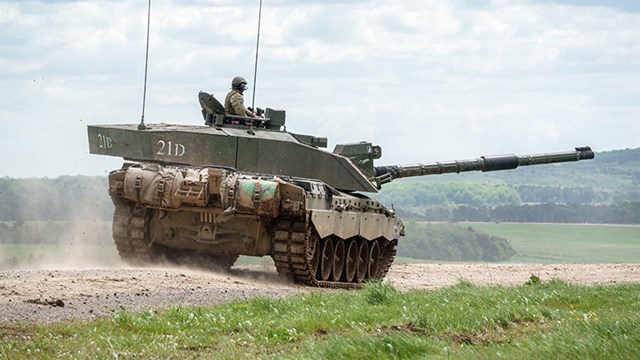You have to accept our privacy policy to send your request.
Area of interest
Sign in
Industries
-
Agriculture
- Automotive
- Battery
- Chemical Processing
-
Construction
- Data centers
-
Defense & Aerospace
-
Electronics
-
Food & Beverage
-
General Industry/Production
-
Greenhouse
- Healthcare
- Oil, Gas & Petroleum
- Pharmaceutical
-
Power Generation & Distribution
- Pulp, Paper & Printing
-
Recreation & Leisure
-
Shipbuilding & Marine
- Steel Industry
-
Storage, Preservation & Archives
- Temporary Structures
- Water & Waste Water
Solutions
- Building Comfort Systems
- Cold storage
- Combined Temperature and Humidity Control
-
Cooling
-
Data center cooling
- Dehumidification
-
Drying Rooms
- Energy Recovery
-
Farm-management
-
Heating
-
Humidification
-
Mist Elimination and Gas Liquid Separation
- Pollution Control and VOC Abatement
- Spray drying
-
Ventilation
- Service
- High-Temperature
- Rental Solutions
-
Mass Transfer


